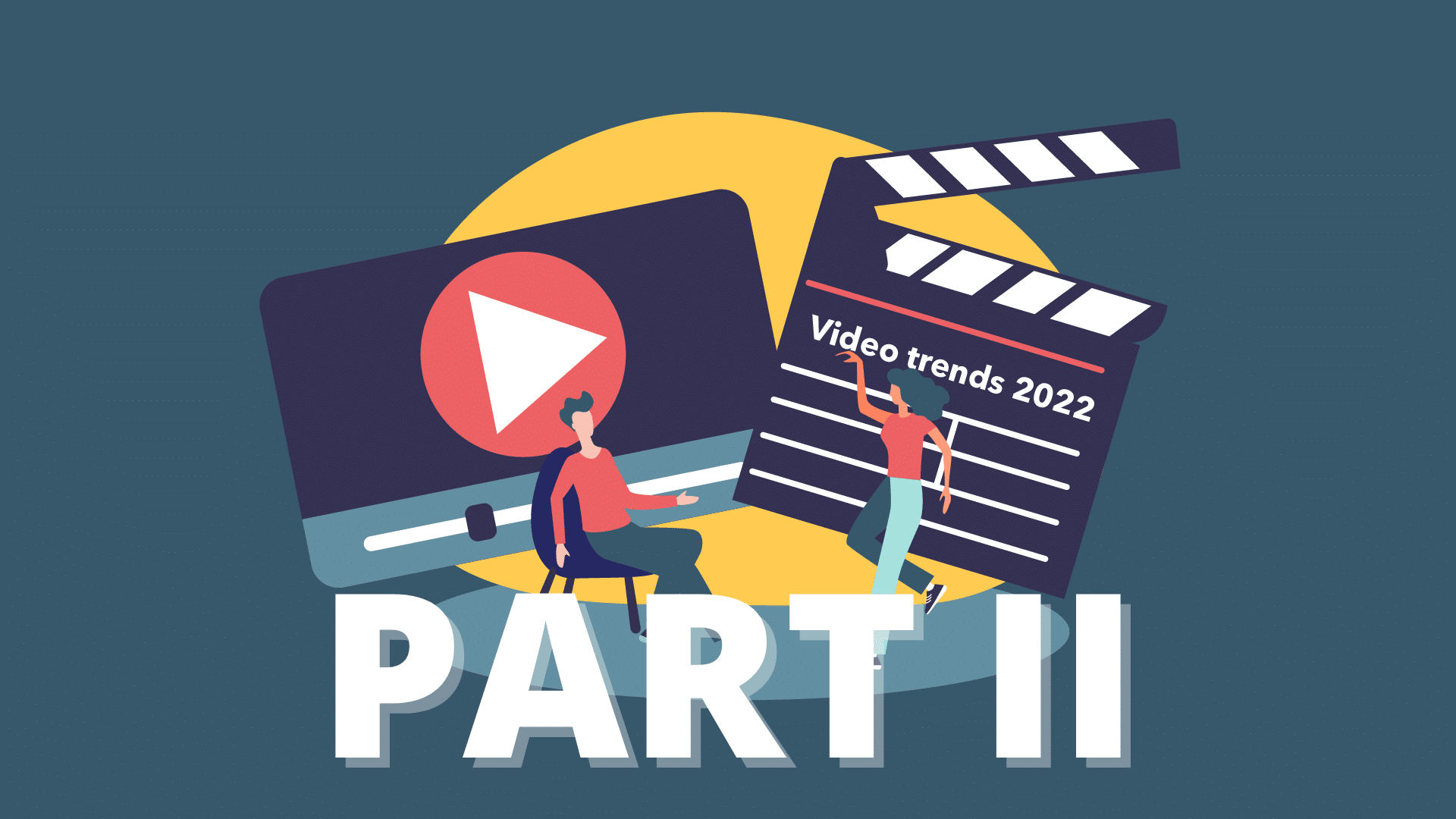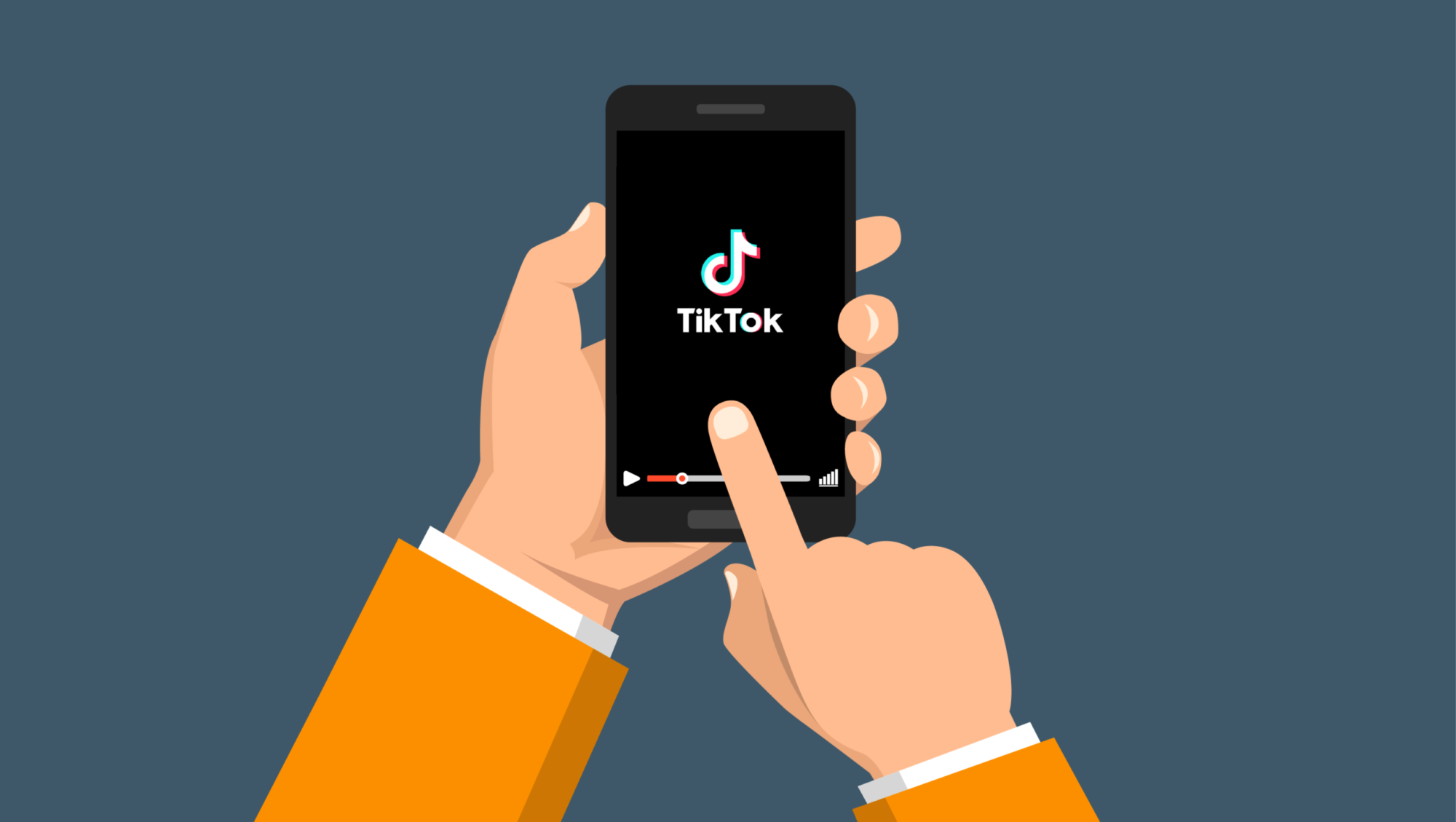
How do you add subtitles in ShotCut?
In this blog, you will discover how to add subtitles to a video in ShotCut.

Subtitles have become an essential aspect of our modern viewing experience. Whether it is to enjoy foreign films to the fullest or to understand videos on social media; subtitles play a crucial role in conveying the message to the audience. Although subtitling as a phenomenon in itself is now widespread, there are still many interesting and lesser-known aspects of this topic to explore. In this blog article, we have a closer look at some of the most fascinating facts about subtitling that you probably didn’t already know.
In this blog post
The origins of subtitling are surprisingly far back in time. In fact, the oldest forms of subtitling date back to the 20th century. In the early 1900s, when movies were still silent and contained no spoken dialogue, the first form of subtitling was added to footage. These early subtitles, also known as “intertitles,” consisted of text displayed at the bottom of the screen to clarify the story to the audience. This was especially important because otherwise the audience would have had difficulty understanding the progression of the plot.
With the advent of sound in films in the late 1920s, the need for intertitles disappeared, but subtitles continued to develop as a means of making videos accessible to people who do not understand the original language. Over time, subtitling has come a long way, evolving into a sophisticated and standardized practice in the film and television industry. With the rise of digital technologies and online streaming platforms, subtitling is now widespread and plays a crucial role in reaching global audiences and promoting inclusivity in media.
There are different types of subtitles used to enhance the viewing experience of video content for people with hearing impairments or for non-English speaking viewers. In this, three different types can be distinguished: subtitles, closed captions and SDH.
Subtitles provide a translation of the spoken dialogue in the video into the desired language. This is useful for international audiences who do not understand the original language. Closed captions go just a step further than regular subtitles because they not only represent the spoken words, but also describe other important sound elements such as background sounds, music and even sound effects. This is especially essential for the deaf and hard of hearing to understand the full context of the content.
Subtitles for the Deaf and Hard of Hearing (SDH), also known as expanded captions, contain additional descriptive information about background noises, the speakers, and other audiovisual elements in addition to the dialogue and sounds. This helps not only the deaf and hard of hearing, but also people with cognitive impairments, to better understand the video.
Subtitling is constantly changing. For example, the emergence of new technologies has led to the integration of interactive elements in subtitles, such as hyperlinks to additional information or resources, which enriches the viewing experience and increases user engagement. In addition, some streaming services have implemented automated translation systems. This allows subtitles to be easily adapted to different languages, making content more globally accessible.
Along with technological advances, more attention has also been paid to creating accurate and culturally sensitive subtitles. Translators and subtitling professionals ensure that puns, cultural references and specific language nuances are appropriately translated to preserve the authenticity of the content.
Translating subtitles is no easy task, especially since it requires that context and cultural nuances be accurately conveyed. The importance of culturally relevant subtitles cannot be underestimated, especially in a world where content is consumed globally. Cultural aspects, such as humour, sarcasm, and even certain gestures, can vary greatly between different language and cultural areas. Thus, accurate translation requires not only linguistic proficiency, but also a deep understanding of cultural backgrounds.
When translating subtitles, translators must consider linguistic nuances and understand the context of the scenes. They must decide whether to use literal translations or apply culturally appropriate expressions and sentence structures. This allows viewers to feel a better connection to the characters and content, which enriches the viewing experience.
Moreover, culturally relevant subtitles have a positive impact on intercultural communication and understanding. It helps break down barriers and promotes empathy and respect between different language and cultural communities. Avoiding stereotypical language and respecting cultural sensitivities are essential to avoid misunderstandings and insults.
Many people consider subtitles a useful aid in learning a new language. By watching movies or TV shows with subtitles in the target language, viewers can improve their language skills. Research has shown that subtitles can enhance the reading comprehension, vocabulary and grammatical skills of language learners. It acts as an immersive experience that helps viewers understand the language in an authentic context.

In this blog, you will discover how to add subtitles to a video in ShotCut.

Discover in this article how to set up step-by-step subtitles for TV for deaf and hard-of-hearing individuals, enabling them to enjoy television programs as well.

In this blog, we tell you all about the upcoming video trends for this year (part2).

In this blog, we tell you all about the upcoming video trends for this year.

In deze blog leggen we je uit hoe je een video kan vertalen met Triple8 en waarom dat handig kan zijn.

In this guide we explain the difference between open en closed captions.

In this new blog we talk about transcribing, what does it stand for and how to use it.

In this guide we explain the difference between subtitling your videos via the YouTube Studio and the Triple8 editor.

In this guide we will explain how to create subtitles for LinkedIn videos in 3 easy steps.

Adding subtitles to your Instagram videos is easy with these 4 steps.

In this guide, we will explain how to add subtitles to your TikTok videos in 4 steps.

In Premiere Pro you can add subtitles in two different ways. In this guide we explain how to add subtitles in Premiere Pro and we show you how to edit them.

In this guide we explain how to add subtitles to your iMovie project. Although iMovie does not have a subtitle function there is a way to manually add subtitles to your iMovie project.

Adding subtitles to your Facebook videos will allow your video to be viewed without sound and make it more accessible to the deaf and hard of hearing. Subtitles will increase the reach of your videos. In this guide, we will show you how to add subtitles in multiple languages to your video, edit and remove them on Facebook.

What is a SRT file, what does the abbreviation stands for and when do you need it?

In this guide on subtitling videos, we explain what an SRT file is and how to subtitle videos on Facebook, Youtube, Instagram, TikTok, LinkedIn, Premiere Pro and iMovie.

In this guide we explain how you can add, edit and delete subtitles in multiple languages on YouTube.